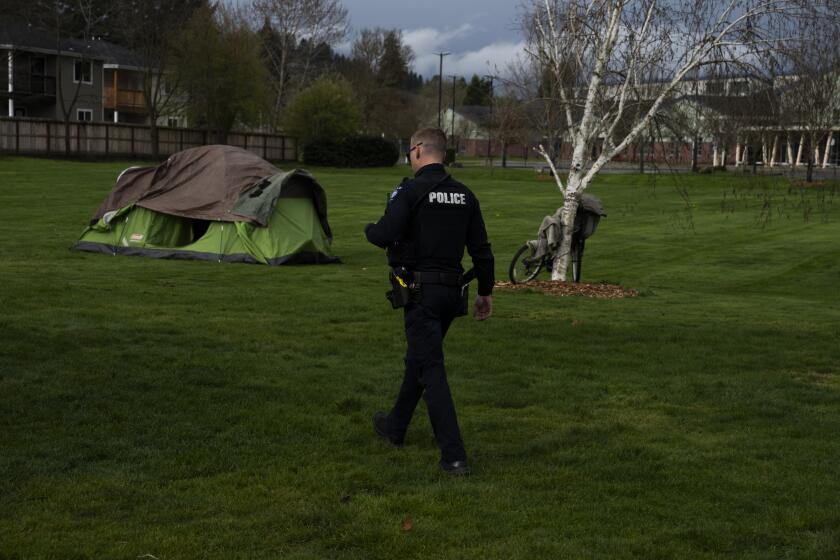Readers React: Let’s conserve water as if the drought never ended — because it might not have
To the editor: Residents of Southern California live mostly in deserts or semi-deserts, and nature cares little about out water needs. The greatest concern related to the possibility of another drought should be over our dried-up memory of the last one. (“Amid record heat and dry conditions, fears of another drought in California,” Jan. 30)
When our reservoirs run low going on empty, we go into severe conservation mode. Our exploding population is demanding more water to consume and waste, so it seems strict conservation requirements should be in force no matter how much precipitation is falling.
Water is like gasoline — it is on a meter. Slowing its flow reduces income for the water providers. Is that why we wait to conserve until our vast reservoirs become ponds?
Ken Johnson, Pinon Hills
..
To the editor: Yes, we have had record heat, but “fears of new drought”? Most of the state had significantly above-average rain last year, but that did not break the drought.
We are in a period of drought that has been lasting for the past several years. Such droughts are not broken by a year of good rainfall. This lasting drought is at least made worse and likely caused by climate change, and it could persist for many more years.
Steps to alleviate this drought should have been started 20 years ago with massive interstate water projects, but we live in a country where “long-term” means “next year.” Until we change our understanding of effective long-range planning, we are doomed to suffer the consequences of drought.
Adam Mekler, Pasadena
..
To the editor: Southern California’s unseasonable hot weather in January is an indication. Our warmer monthly average temperatures over the last year substantiate the trend.
The evidence of global climate change is clear: 2017 was Earth’s second-hottest year on record, according to NASA. Earth’s increasing temperatures will make some regions wetter and others drier. In particular, a new theory predicts that vanishing Arctic ice will lead to long-term dry and warm conditions in California and the West. Right now, an atmospheric ridge is preventing storm fronts from reaching California this winter.
Federal climate change legislation and policies can protect our future. Carbon pricing is a proven, market-based approach that is gaining momentum in several states; national implementation would have maximal impact.
Susan Tamura, San Diego
..
To the editor: Please stop running these beautiful images of Griffith Park and the beach framed by palm trees as cyclists ride along the path in January.
I know the news of a possible drought is dire, and that’s what I should be focusing on, but all I can think of is this: Anyone who looks at these images is going to want to move to L.A., which is sure to increase the homeless population.
Or, if you insist on running these images, put them next to articles noting how expensive housing is and how snarled the traffic can get.
Randy Farhi, Leimert Park
Follow the Opinion section on Twitter @latimesopinion and Facebook
More to Read
A cure for the common opinion
Get thought-provoking perspectives with our weekly newsletter.
You may occasionally receive promotional content from the Los Angeles Times.






